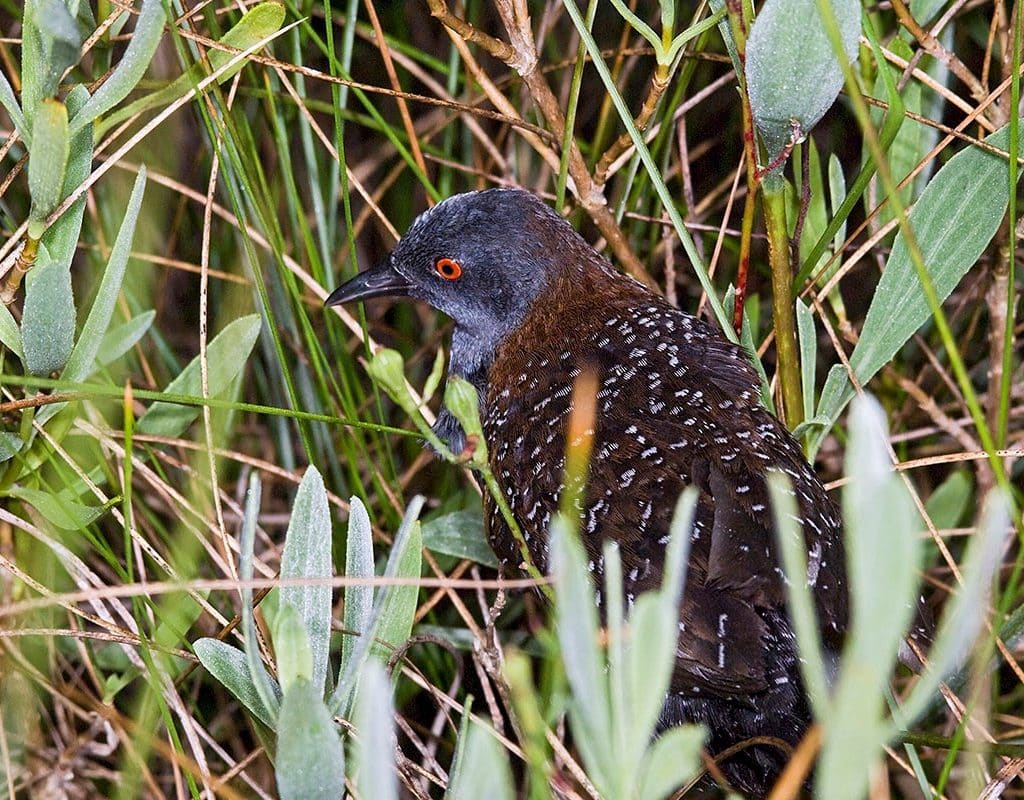Have you ever heard a loud clapping sound coming from a marsh? It grabs your attention, and you find yourself scanning the vegetation to get a glimpse of what could have made such a sound. Most of the time you will not succeed in getting a good look, but residents of the Mississippi coast can be sure they heard a marsh bird species, the Clapper rail.
Clapper rails are year-round residents of coastal Mississippi, so they breed in our tidal marshes in the spring/summer and remain in the fall/winter. They are medium-sized birds with long legs and a chicken-like appearance. They have laterally compressed bodies. In fact, their common name may be attributed to their bodies being “thin as a rail”. This adaptation allows them to effectively slip through marsh reeds, avoiding sight by predators. Their diet mainly consists of Fiddler crabs, and they have a special ability to secrete the saline content of their food and water from their nasal cavities. Although they are the most abundant tidal marsh bird species in Mississippi, they may be confused with a close relative, the King rail. With only a slight difference in plumage and calls, they are able to be distinguished mainly by their differences in habitat preference with King rails preferring freshwater marsh.

The Clapper rail is one of several species considered a “secretive marsh bird”. This group of birds is recognized by their cryptic appearance and elusive behavior. They display dark and rusty tones on their feathers, allowing them to camouflage with the dark substrate of the marsh. Some are rarely seen, so much so, that we know very little about them. This is especially true for species that reside in the northern Gulf of Mexico. One such species, the Black rail, is as small as a mouse, the smallest of all rail species, and you would be very lucky to ever encounter this threatened little bird in Mississippi.
Although we are still learning more about these mysterious birds, we know they play a valuable role in the integrity of the tidal marsh ecosystem. Marsh birds consume lower-level prey and are a food source for predators, thus the structure of the marsh is contingent on their presence. Without marsh birds, the interactions between organisms would change, and this may affect the persistence of the marsh ecosystem.
As humans, we depend on tidal marshes for many reasons. They are sites where many of our food resources find refuge and reproduce. They act as natural barriers against flooding, reducing impact and damage. They are the last areas that water is able to filter through before being released into the sound. They even act as carbon sinks, reducing the amount of carbon released into the atmosphere. If you hear a loud clapping in the marsh, take it as a good sign that the marsh is healthy, because marsh ecosystems rely on the existence of the organisms that compose it.